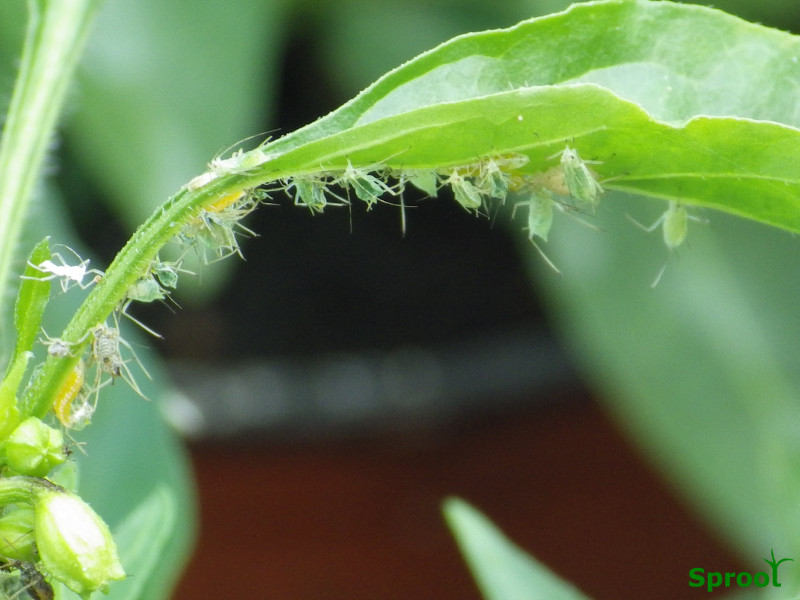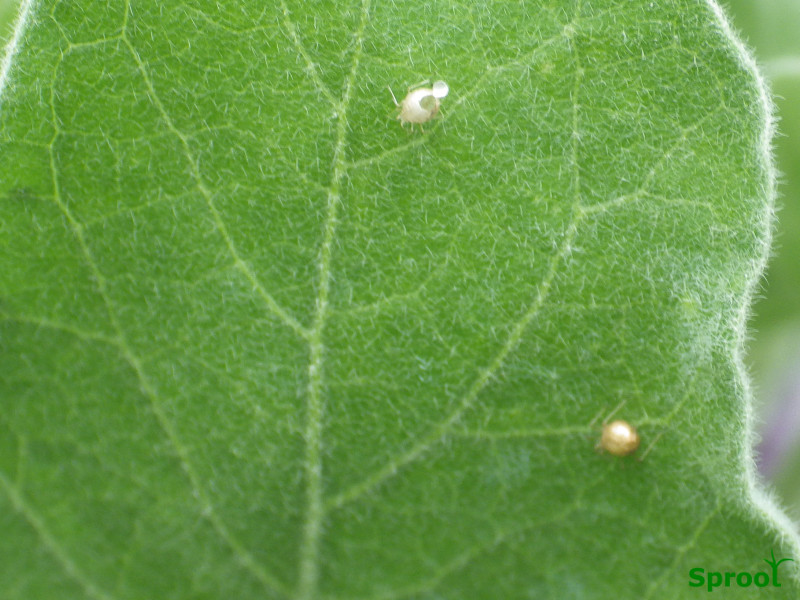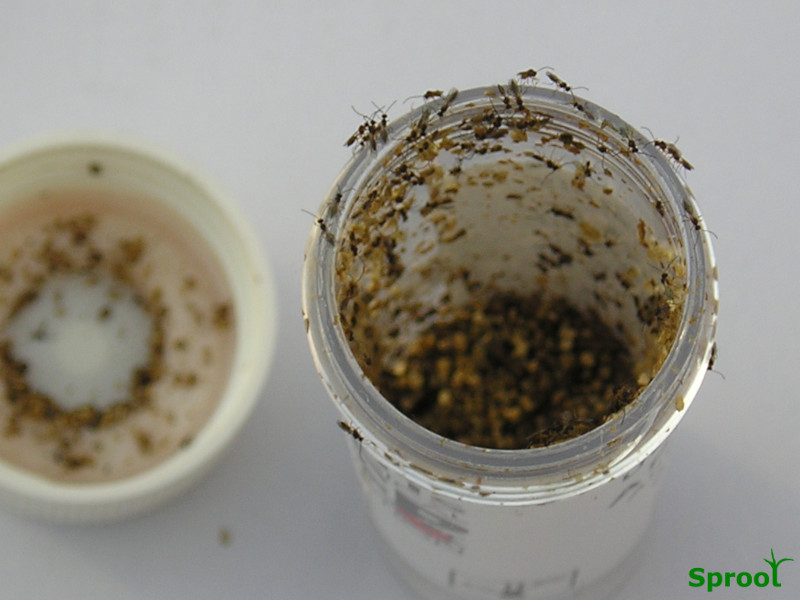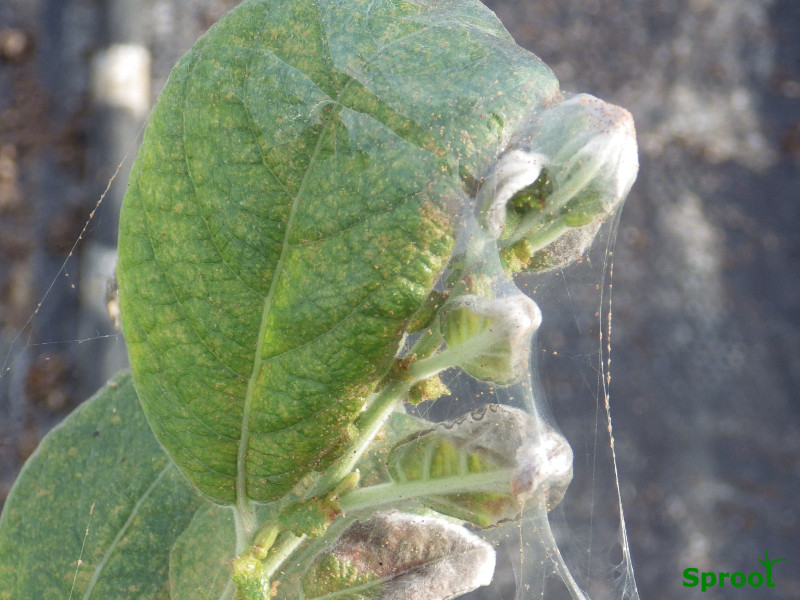Biological Pest Control: Partnering with Nature for Sustainable Pest Management
Biological pest control, or biocontrol, is a sustainable pest management strategy that relies on natural predators, parasitoids, or pathogens to keep pest populations under control. By tapping into nature’s own regulatory mechanisms, biocontrol effectively manages pests without resorting to chemical pesticides, which can negatively impact ecosystems and lead to pesticide resistance. Instead, this approach offers a solution that is environmentally friendly, sustainable, and often more effective over the long term.


How Biological Pest Control Works
In biological pest control, beneficial organisms such as parasitic wasps, predatory mites, and microbial insecticides are introduced to target harmful pests. These organisms help manage pest populations while protecting non-target species, making biocontrol a precise and eco-friendly approach. For example, beneficial mites and wasps are used to control pests like aphids, spider mites, and caterpillars, while microbial insecticides (composed of natural bacteria, fungi, or viruses) can target pests at various stages of their lifecycle.
Types of Biological Pest Control
There are three primary types of biological pest control: conservation, classical, and enhancement. Each method supports different pest control needs, from long-term solutions to immediate, targeted interventions.
Conservation Biological Control
This method focuses on enhancing the presence of existing beneficial organisms in the environment, creating favorable conditions for natural predators to thrive. Instead of introducing new species, conservation biocontrol relies on strategies like planting certain flowers that provide food and shelter for beneficial insects such as ladybugs and parasitic wasps. For home gardens, this approach works exceptionally well, encouraging natural pest control by preserving beneficial species.
Classical Biological Control
Classical biological control is typically used to manage invasive pest species by introducing natural enemies from the pest’s native habitat. Scientists carefully test these natural predators or parasitoids to ensure they won’t harm local ecosystems before releasing them. This approach is ideal for long-term crop systems, as it allows natural enemy populations to build up and maintain control over the pest species gradually.
Enhancement (Augmentation)
The enhancement method involves releasing beneficial organisms into an area as needed to keep pest populations low. Unlike classical biocontrol, which promotes self-sustaining populations, enhancement is a more immediate intervention. It’s especially effective in fast-growing crops or situations where existing natural enemies aren’t sufficient to manage pest outbreaks. By tipping the balance in favor of beneficial organisms, enhancement can quickly reduce pest numbers, protecting crops from damage.


Key Biological Control Agents
Biological control agents include a range of organisms, each with a specific role in pest management.
- Parasitic Wasps: These small insects lay eggs inside or on pest insects. The larvae feed on the host, eventually killing it. Parasitic wasps are highly selective, targeting specific pests while leaving beneficial organisms unharmed.
- Predatory Mites: Natural predators of plant-feeding mites and pests, predatory mites play an essential role in managing spider mites, whiteflies, and thrips. They can be introduced in greenhouses or outdoor gardens for effective pest control.
- Predatory Bugs: Equipped with piercing mouthparts, these insects prey on harmful pests like whiteflies, thrips, caterpillars, and leaf miners, promoting ecosystem balance.
- Beneficial Nematodes: These tiny worms help control soil-dwelling pests like vine weevils, fungus gnats, and leatherjackets. While some nematodes are plant parasites, others are instrumental in managing pest populations.
- Beneficial Microorganisms: Fungi, bacteria, and viruses that naturally occur in soil and water can be applied as biopesticides to target pests. These microbes help manage pests effectively and provide an eco-friendly alternative to conventional pesticides.
Can Biological Control Be Combined with Chemical Pesticides?
While it’s possible to use both biological and chemical methods, it’s essential to check for compatibility. Certain pesticides may harm beneficial organisms, so using them in conjunction with biocontrol requires careful planning. Often, biological control is best used on its own or with organic practices. However, when pests are widespread, chemical solutions can help reduce populations initially, after which biocontrol agents can maintain low pest levels more sustainably.

